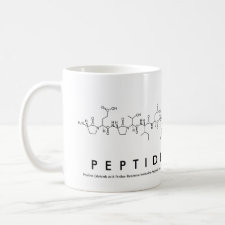
Authors: Navarro-Villoslada F, San Vicente B, Moreno-Bondi MC
Article Title: Application of multivariate analysis to the screening of molecularly imprinted polymers for bisphenol A.
Publication date: 2004
Journal: Analytica Chimica Acta
Volume: 504
Issue: (1)
Page numbers: 149-162.
DOI: 10.1016/S0003-2670(03)00766-9
Abstract: A key issue in the synthesis of molecularly imprinted polymers (MIPs) is the identification and optimisation of the main factors that affect the material structure and its molecular recognition properties. This paper describes the application of an experimental design and multivariate analysis method for the synthesis of bisphenol A (BPA)-selective MIPs. Six factors with a large impact on the MIP synthesis and its analytical performance have been optimised: the amount of template, the type and the percentage of functional and cross-linking monomers, the polymerisation method (i.e. thermal or UV initiation) and the porogenic solvent. The polymers have been prepared in small-scale (mini-MIPs) and, after careful removal of the template, their BPA rebinding capacity has been evaluated and related to the MIP composition. Among the two functional monomers tested, namely 4-vinylpyridine (4-vpy) and methacrylic acid (MAA), the former rendered the best selectivity for BPA analysis. The partial least squares (PLS) models revealed that the photoinitiated polymers with a 1:1 ratio of 4-vinylpyridine to cross-linker (EDMA or TRIM) yield the highest specific binding. Such procedure is time and cost effective and can be used as a general tool in the preparation of MIPs for different analytes. (C) 2003 Elsevier B.V. All rights reserved



Join the Society for Molecular Imprinting

New items RSS feed
Sign-up for e-mail updates:
Choose between receiving an occasional newsletter or more frequent e-mail alerts.
Click here to go to the sign-up page.
Is your name elemental or peptidic? Enter your name and find out by clicking either of the buttons below!
Other products you may like:
 MIPdatabase
MIPdatabase









